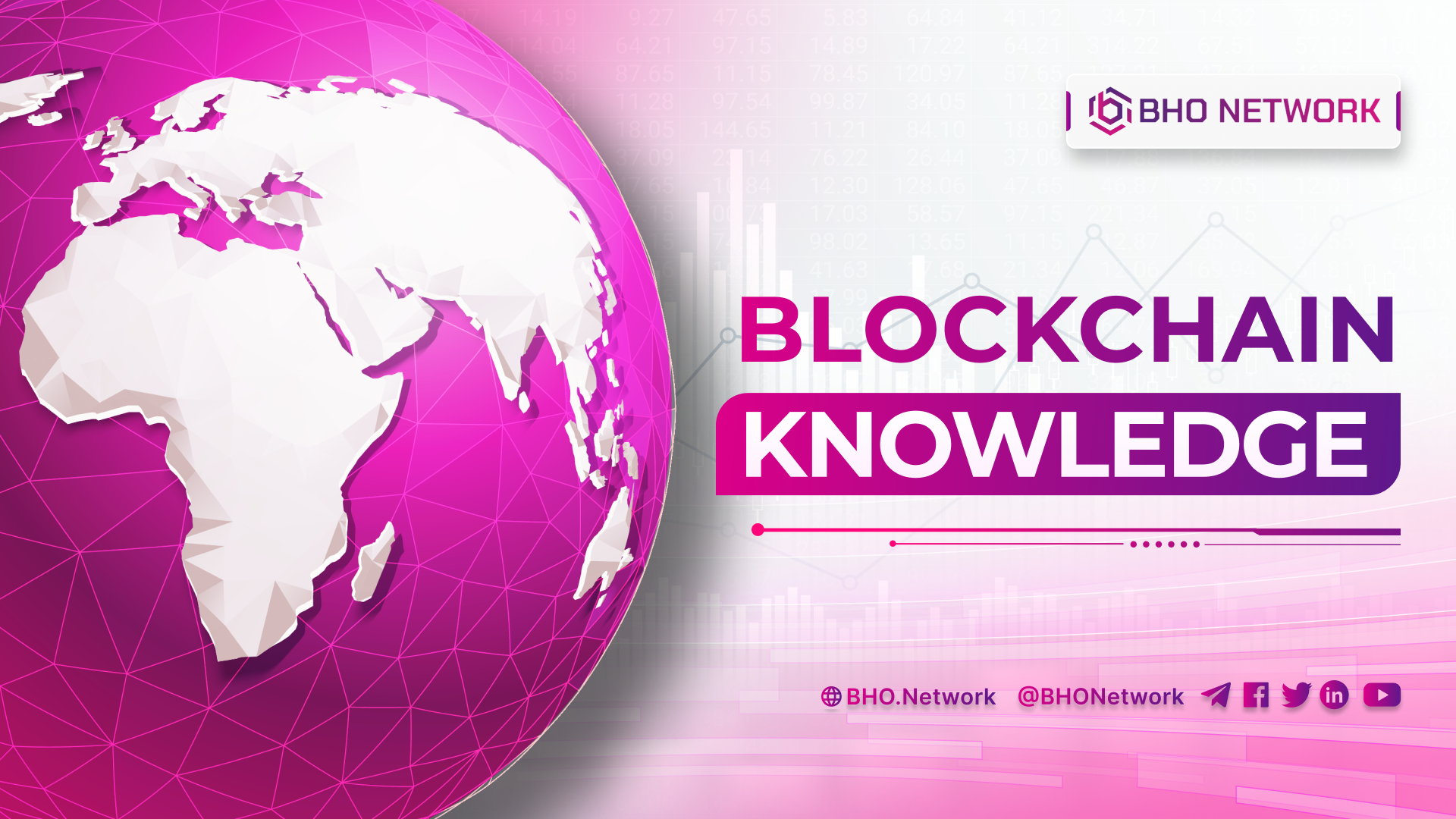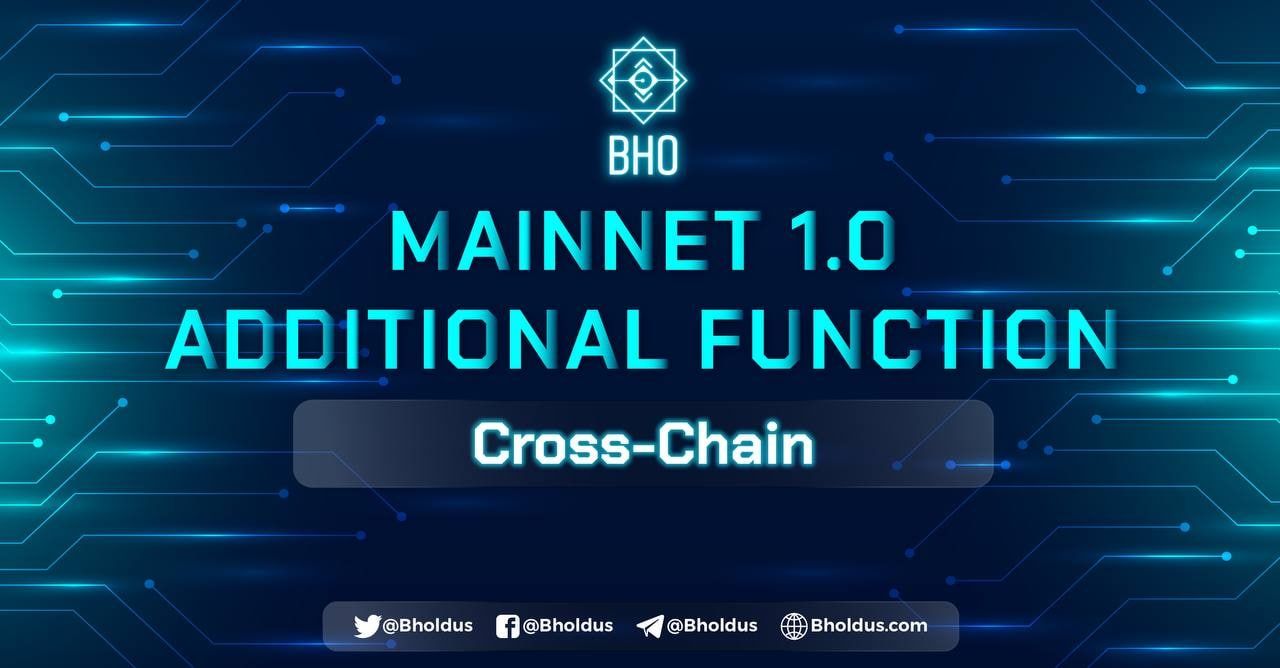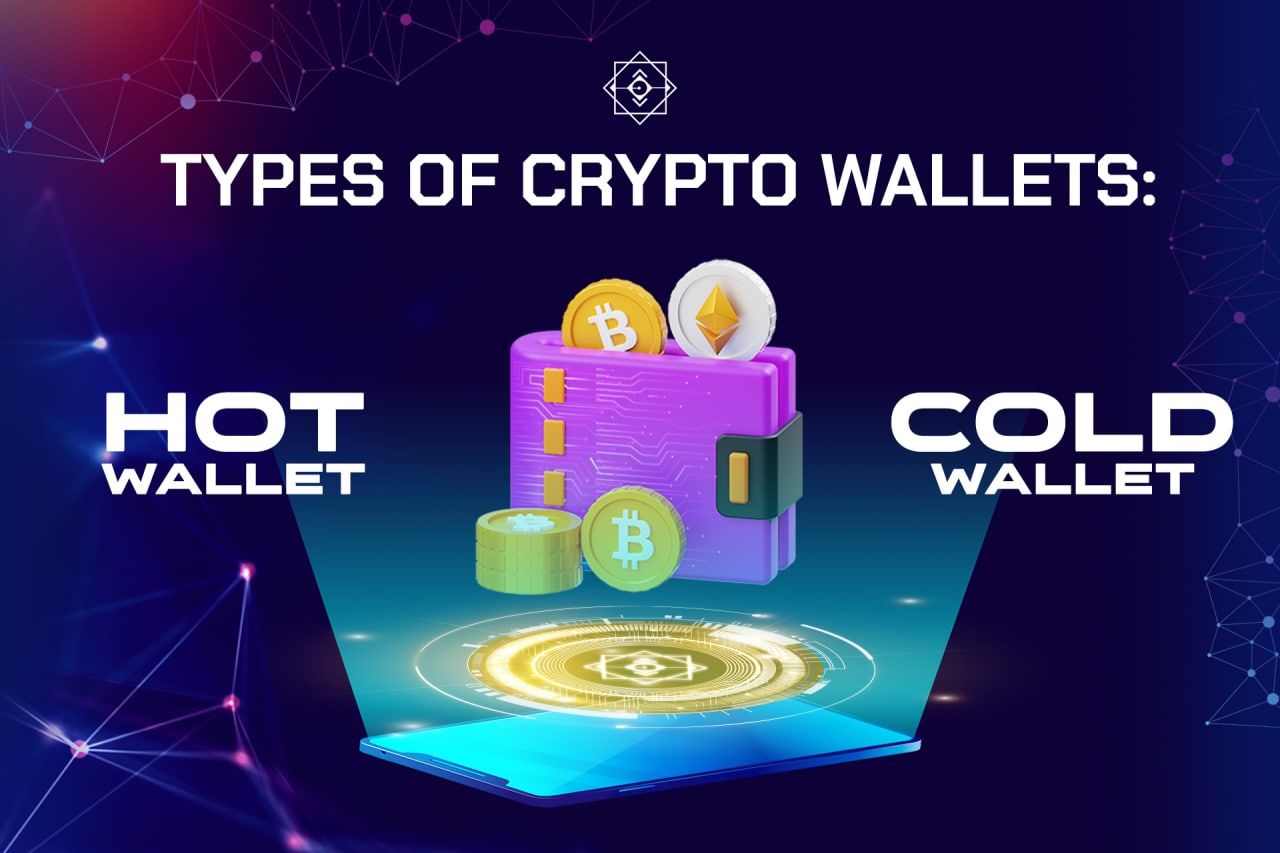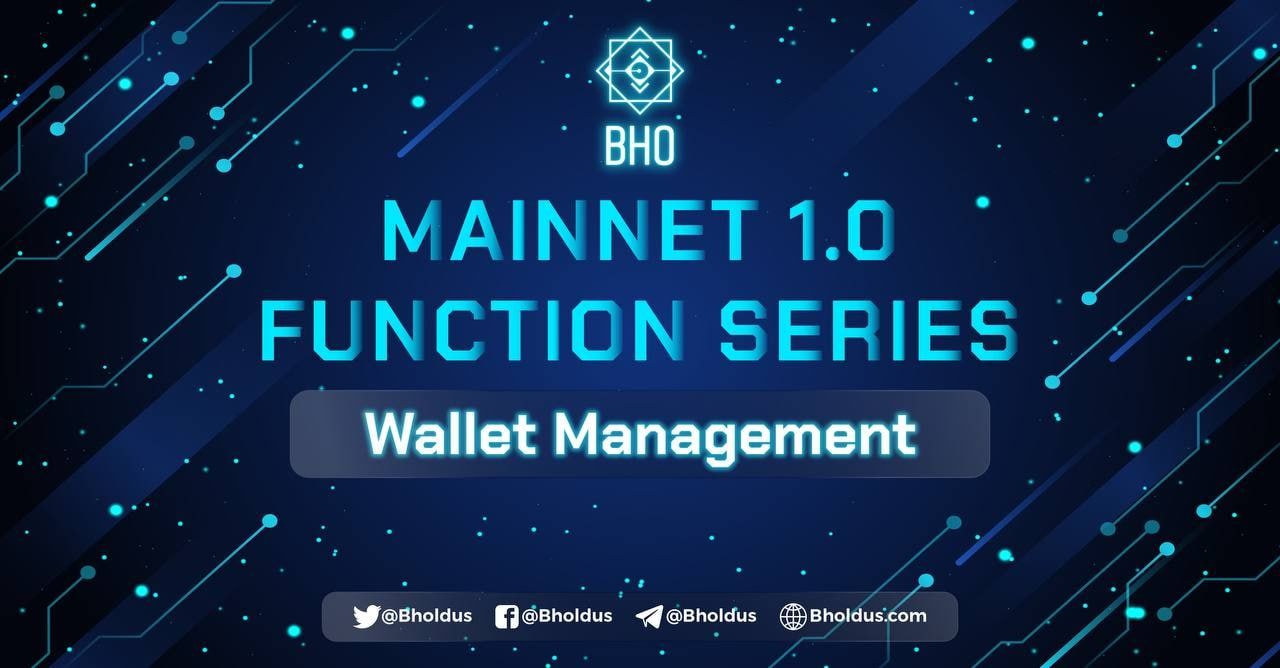- Blog
- Crypto News
- Blockchain Trilemma And Its Scalability
Blockchain Trilemma And Its Scalability
- THE 3 ELEMENTS OF BLOCKCHAIN TRILEMMA
- DECENTRALIZATION AND SECURITY IN BLOCKCHAIN ALWAYS GO HAND-IN-HAND
- BLOCKCHAIN NETWORK EXPANSION AND ACCOMPANYING SECURITY RISKS
- WHY BLOCKCHAIN NEEDS SCALABILITY?
- LAYER-1 SCALING SOLUTION
- IMPROVE THE CONSENSUS PROTOCOL
- SHARDING
- CONCLUSION
We've all heard of terms like "dilemma" or "trilemma". These terms are often used to refer to an attempt to strike a balance between two or three propositions (or solutions), since it is not possible to guarantee absolute satisfaction of all of these propositions or solutions.
Ever since the birth of blockchain as a concept, researchers have always focused on three basic factors: decentralization, scalability, and security. In today's article, we will learn about the trilemma of blockchain - finding solutions to balance and ensure all three properties when building a blockchain network.
A perfect blockchain will have to ensure all three factors. However, let's look at the following issues to better understand the trilemma that blockchain is facing: increasing scalability and decentralization will make security problems more serious, and risks in security and widespread governance will increase. In addition, when increasing the security of a blockchain network, scalability will be significantly affected. In fact, blockchain projects often focus on developing only on 2 out of 3 factors to ensure the most balance. Several innovative solutions have been proposed to address this trilemma such as sharding, side-chains or state channels, though all are still in beta and not yet widely adopted.
THE 3 ELEMENTS OF BLOCKCHAIN TRILEMMA
Here is a relatively easy-to-understand example in reality: we are always struggling to find a balance between life, sleep and social relationships. The blockchain trilemma is similar. An acknowledged problem in the crypto community is that if we want to create a truly decentralized system, we have to choose between security and scalability.
So what are the three elements of trilemma? Let's find out in the analysis below.
- DECENTRALIZATION - Decentralization is the division of management into smaller groups or entities, instead of centralized management on a large scale. For blockchain, decentralization makes it possible for all network participants in the world to manage their own crypto assets, instead of the centralized management from a third party such as banks or government organizations.
- SECURITY - Confidentiality. In essence, blockchain has inherited a very high level of security, with transactions being almost impossible to tamper with and change information. However, blockchain is not completely immune to security risks. If a hacker can control more than half of a blockchain network, information can be changed and transactions to steal assets can be made. In blockchain, the more nodes involved, the higher the security, but it also comes with a decrease in transaction speed due to slower synchronization of information between nodes.
- SCALABILITY - Extensibility. Similar to expanding a business into multiple branches or covering more networks, scalability is expressed by how much a blockchain network can expand while maintaining transaction and processing speed. Scalability and decentralization often go together, and this leads to security vulnerabilities. Meanwhile, increased security limits an otherwise more scalable decentralized network. For a decentralized network, we will often need some extra procedures during operation, making it more difficult for expansion.
DECENTRALIZATION AND SECURITY IN BLOCKCHAIN ALWAYS GO HAND-IN-HAND
Decentralization is the backbone of blockchain and cryptocurrencies. There will be no need for a centralized organization or a third party to manage and operate for the system to work. In finance, for instance, we have banks that act as intermediaries between users and their assets. Banks will set up a system for us to transact on, which is convenient, fast, and especially ensuring the safety and accuracy of the transaction cash flow. In return for this security, the user's assets will be under the control of the bank, and they can also lend our assets or invest in other things.
For blockchain, it is the users who will manage their assets and transactions. The essence of blockchain is a set of pre-built commands based on conditions, and these commands will replace the management and execution of a third party. The blockchain network will always remain secure, as each transaction needs to be confirmed and approved by more than half of the nodes before execution. The more nodes there are, the more decentralized the blockchain network is, and the higher the security.
The absence of a centralized management organization is great and fair for users. However, in terms of system expansion, this is a huge drawback. More nodes joining the network means more information needing to be processed and updated, leading to slow transaction speeds and difficulties in expansion.
BLOCKCHAIN NETWORK EXPANSION AND ACCOMPANYING SECURITY RISKS
For the expansion hurdle, we can think of it like the simple concept of weight. As weight increases, the object becomes heavier and moves around slower. The expanded blockchain network will also slow down transactions, as updating information between nodes takes more time.
A common approach is to limit the scalability of the network to prevent its effects on performance. However, this will actually help hackers have a better chance to control the blockchain network because of the limitation. This is not the optimal way to do it, and this justifies the difficulty of scaling a network, which is an important problem that needs solutions for the blockchain trilemma.
WHY BLOCKCHAIN NEEDS SCALABILITY?
Imagine that the number of traffic roads is finite and cannot be further expanded. With the increasing number of people traveling, traffic jams will happen more often and at some point, it will take you all day just to cover a short distance. A non-scalable blockchain network means that at some point, you will have to wait a really long time for a transaction to be confirmed and executed. This will make it impossible for users to transact on that network, which leads to the project’s failure.
Blockchain is a technology full of potential, and scalability is essential in order to bring this technology to the masses. If the blockchain network cannot be expanded, it will not be able to compete with the traditional centralized models in terms of transaction speed, convenience, and bandwidth when used for a large number of users.
So what approaches can we take to solve these problems?
LAYER-1 SCALING SOLUTION
Currently, the new generation of blockchain technology is focused on developing scalability to reach the masses. There are two common solutions, which are designed based on the layer on which the blockchain is built. We can call it the Layer-1 scaling solution - the solution for layer 1 blockchains (also known as the foundation blockchain), and the Layer-2 scaling solution - the solution for layer 2 blockchains (also known as blockchain extension, which is integrated into layer 1).
In this article we will cover solutions for Layer-1. As a blockchain platform layer 1, BHO Network also uses this approach to solve the problems of network scalability.
When popular foundation blockchains such as Bitcoin, Litecoin, Ethereum, etc. want to increase scalability, they will need to intervene and make changes directly from the protocol to increase the transaction speed and the number of transactions that can be done simultaneously. One method that can be employed is to increase the amount of data stored in each block, or increase the validation speed of each block, so that the entire network throughput will increase.
Additionally, the following approaches are also being researched and developed for Layer-1 blockchains:
IMPROVE THE CONSENSUS PROTOCOL
The traditional consensus protocol Proof-of-Work (PoW) has shown disadvantages in terms of speed as well as environmental friendliness due to the need for large computing power. Currently, the majority of new blockchains use the Proof-of-Stake (PoS) protocol with many improvements. Instead of requiring miners to solve cryptographic algorithms that use the computing power of hardwares such as graphics cards or CPUs, PoS uses the number of tokens being staked in the network to validate transaction information on blocks.
Ethereum, the largest blockchain ecosystem, will move completely to the PoS consensus protocol in the near future. Ethereum expects the processing capacity of the Ethereum network to increase significantly with faster transaction speeds, while preserving the decentralized nature and security of the blockchain.
The BHO chain of the BHO Network ecosystem also uses a consensus protocol similar to PoS, which is nPoS (nominated PoS). NPoS is an improvement in terms of efficiency and processing speed compared to PoS, thanks to a change in the selection of nominators, which are nodes that are authorized to validate transactions in the blockchain network.
SHARDING
Sharding is a technology adopted from the distributed database management method, and it has become one of the most popular to solve the problem of scaling the blockchain network Layer-1 today. Sharding breaks down the state of the entire network into shards, making it easier to manage each piece than to manage the whole thing. These network shards are processed in parallel by the blockchain network, allowing different operations to take place sequentially.
In the future, each node will be tied to a shard instead of storing the entire state of the blockchain at every node. The shards will provide the state of their blocks to the mainchain, while using communication protocols between shards to synchronize addresses, balances, and states. Ethereum 2.0 along with Zilliqa, Tezos and Qtum are pioneers in testing and applying sharding in their blockchain networks in the future.
BHO chain will also move towards sharding as a critical solution in increasing the scalability of its network.
CONCLUSION
Although blockchain trilemma is a concept that is not really popular for everyone yet, some regular users have already realized the problems that blockchain is facing as more people use it and blockchain networks become more expansive. Slow transaction speed and security vulnerabilities leading to stolen assets are prominent issues recently.
However, with the constant research and improvement of projects to solve this trilemma, future blockchains will be faster, more secure, and open to more users. Blockchain will return to its inherent decentralized nature, instead of traditional forms of centralized management.
BHO Network, with its strong scalability, is a technological solution and a solid foundation for other projects to take advantage of and develop on, thereby contributing to accelerating advancements of the blockchain and cryptocurrency industry.
Published on April 26, 2022
Tagged topics







